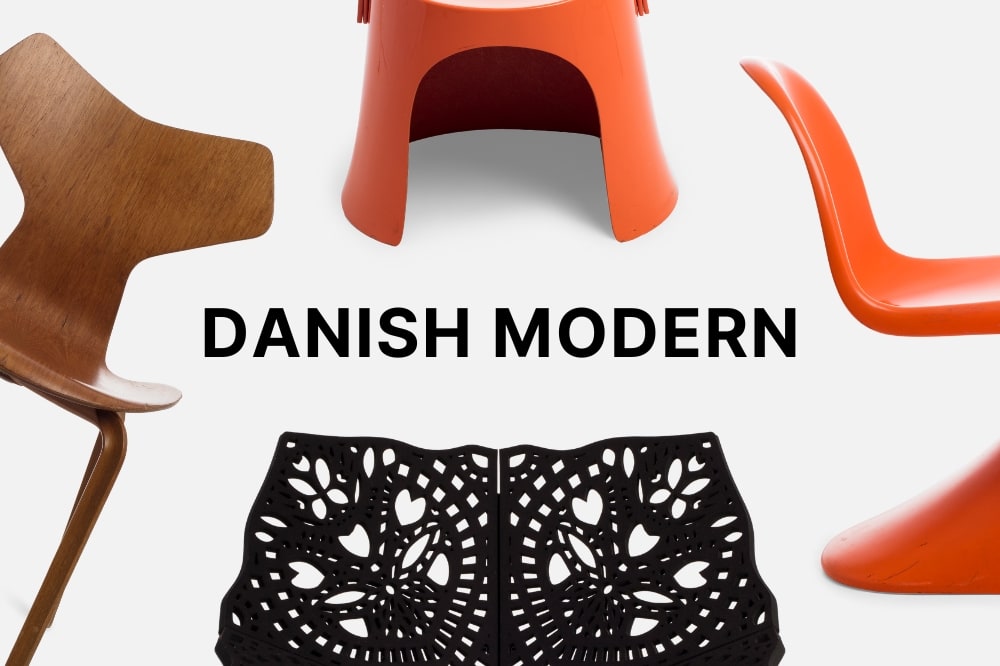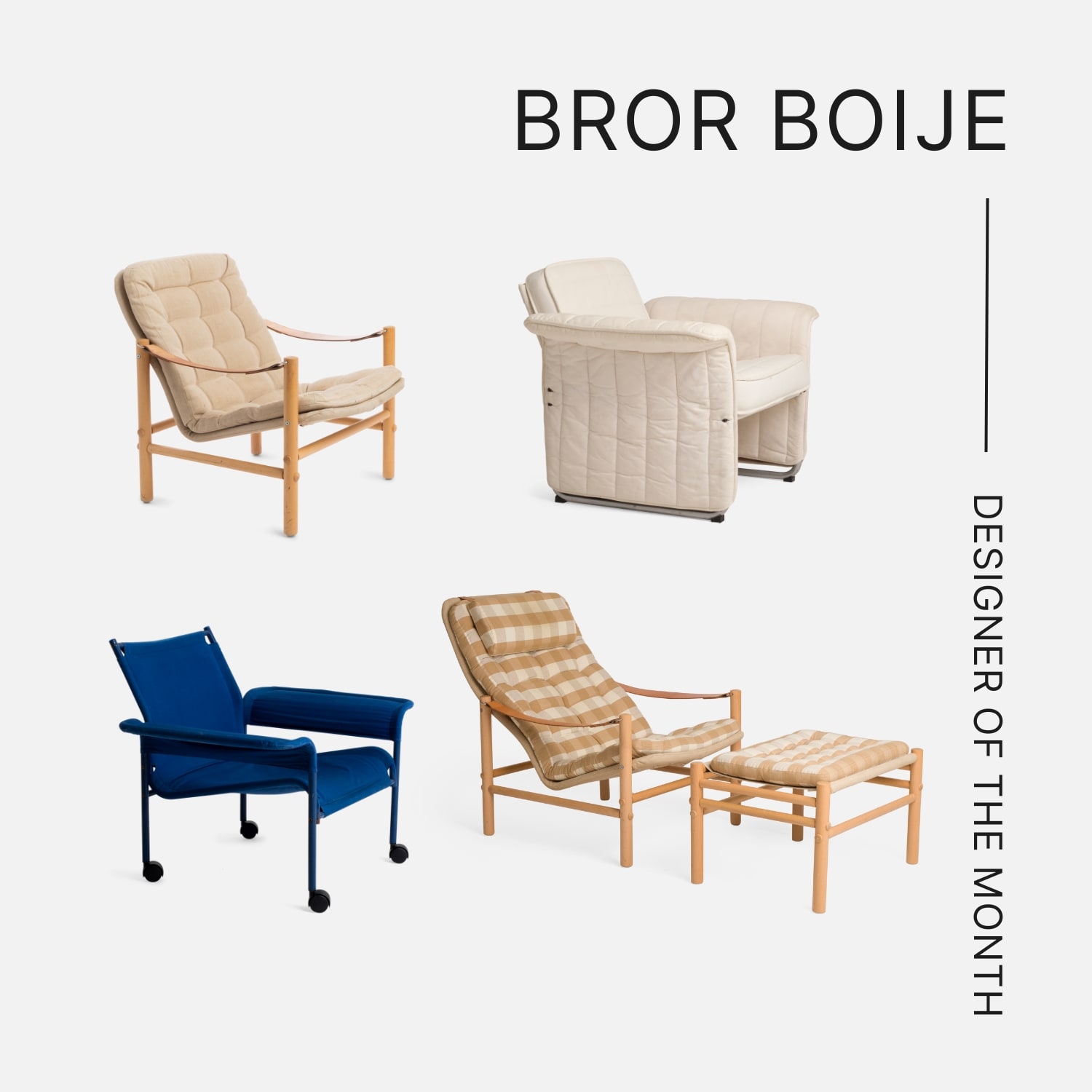
1980s – a new era in interior- and furniture design
A new era in interior- and furniture design
The 1980s emerged as a transformative era in interior- and furniture design, fundamentally shaped by postmodernism, the pioneering Italian Memphis Milano group, and Jonas Bohlin's provocative "Concrete" chair, signaling a radical shift in design paradigms.
Forty years ago, we experienced an essential paradigm shift in the world of furniture design. The breakthrough of postmodernism, especially the Italian design group Memphis Milano, had a fundamental influence on attitudes toward an object’s basic shape and spawned an international wave of creativity. Conflicts arose between those who defended the prevailing modernist and minimalist ideals of “form follows function” and “less is more” and those who wanted to break new ground through provocative, expressive, and decorative design expressions, claiming that “less is a bore” or perhaps more jokingly “too much is not enough.” We dare to say no one in the design or interior industry was unaffected by the strong intellectual and visual effects of the postmodern movement.
The “storm in form” that whipped up around shape and design also lashed Sweden’s shores. The first main battle here was triggered by interior architect Jonas Bohlin’s (b.1953) degree project from Konstfack, University of Arts, Crafts and Design, showing “Concrete” – a chair made of rusty steel pipes and raw concrete. Erik Berglund, architect and founder of the furniture research institute Möbelinstitutet, was dismayed by Bohlin’s lack of functional thinking. Sven Lundh, founder of the art furniture company Källemo, claimed, on the other hand, that it was high time to upgrade the artistic values of Swedish furniture design. The debate spread far and wide, forcing people to take a stand.
The postmodern design revolt was, of course, a reflection of major social shifts, not least in architecture and fashion. In the 1980s, the political focus shifted from the 1970s collective society to an individual, market-liberal approach. The spirit of the time was that by focusing on oneself, one was rewarded. This involved creating one’s own aesthetics and exploring one’s individuality. The social contract was changing. Some young financial sparks started making fortunes on the stock market, and the champagne flowed freely. The yuppie culture had been born. The mobile phone was launched, revolutionizing communication, and became an important symbol of freedom.
The new Swedish monthly interior magazine Sköna Hem disseminated ideals on interiors different from those of the 1970s. Architect Anika Reuterswärd’s (b.1936) innovative and aesthetic interiors and still-life settings gave us an in-depth sense of new aesthetics, which affected a whole generation’s relationship with the home environment and the objects around us.
Today one may ask what permanent changes in our values in relation to quality and our perception of the balance between surface and content did the design debate of the 1980s lead to? What impression did the Memphis group leave on Swedish furniture culture, and why and how did their choice of materials and design expression inspire today’s young designers?
Forty years after the postmodern breakthrough, the influence is still visible in both fashion and design but increasingly questioned when social awareness, sustainability, and material frugality are becoming the main factors in design thinking and practice. For some, the old modernist mantra “less is more” still applies. Others may refer to the German design guru Dieter Rams by stating, “less but better.”
This article was written by Lars Bülow








































































